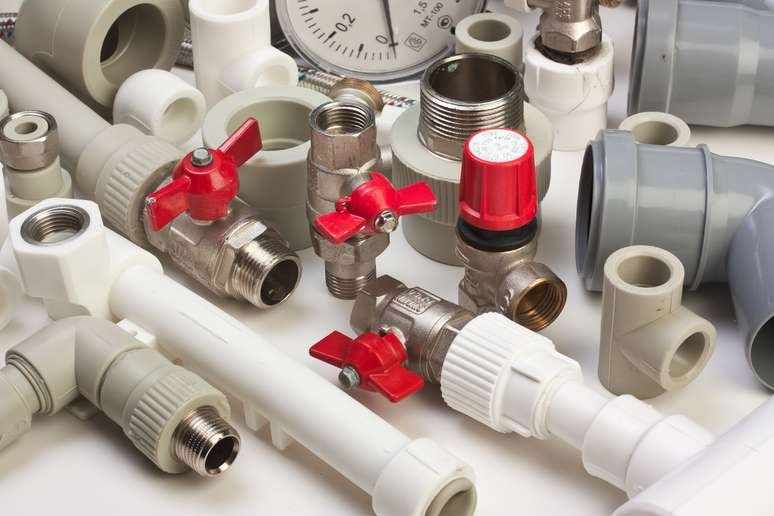
The global Plumbing Components Market size is predicted to reach USD 116.33 billion by 2030 with a CAGR of 5.6% from 2025-2030. The plumbing components market in 2025 is experiencing a dynamic transformation, propelled by technological advancements, sustainability demands, and evolving consumer preferences. As urbanization accelerates and environmental regulations tighten, the industry is adapting with innovative materials, smart technologies, and eco-friendly solutions. From low-flow fixtures to advanced pipe materials, the market is responding to the need for efficient, durable, and sustainable plumbing systems. This article explores the latest trends and innovations shaping the plumbing components market in 2025, highlighting how these developments are redefining residential, commercial, and industrial applications.
Download FREE Sample: https://www.nextmsc.com/plumbing-components-market-cm3204/request-sample
The Rise of Smart Plumbing Solutions
One of the most significant trends in 2025 is the integration of smart technologies into plumbing components. Smart plumbing systems, equipped with sensors and IoT connectivity, are gaining traction for their ability to monitor water usage, detect leaks, and optimize system performance. For instance, smart faucets and valves can adjust water flow based on real-time data, reducing waste and enhancing efficiency. These systems are particularly popular in commercial settings, where facility managers seek to minimize operational costs and comply with stringent water conservation standards.
The adoption of smart leak detection systems is also on the rise. These devices use advanced sensors to identify leaks early, preventing water loss and costly damage. By integrating with mobile apps, they provide real-time alerts to homeowners and businesses, ensuring prompt action. This trend reflects a broader shift toward technology-driven solutions that prioritize convenience and sustainability.
Sustainable Materials Take Center Stage
Sustainability is a key driver in the plumbing components market. In 2025, manufacturers are increasingly replacing traditional materials like copper and PVC with eco-friendly alternatives. Cross-linked polyethylene (PEX) and chlorinated polyvinyl chloride (CPVC) are gaining popularity due to their durability, corrosion resistance, and ease of installation. These materials are not only cost-effective but also reduce the environmental impact of plumbing systems by minimizing maintenance needs and extending lifespan.
Recycled materials are also making inroads. For example, recycled polypropylene is being used in pipe fittings and connectors, aligning with global efforts to reduce plastic waste. This shift is driven by regulatory pressures, such as mandates requiring higher recycling rates, and consumer demand for sustainable products. Manufacturers are responding by investing in research to develop high-performance, eco-friendly components that meet modern efficiency standards.
Water Conservation and Low-Flow Fixtures
The emphasis on water conservation is reshaping the plumbing components market. Low-flow fixtures, such as faucets, showerheads, and toilets, are in high demand as governments worldwide implement stricter water usage regulations. These fixtures are designed to reduce water consumption without compromising performance, making them a staple in both residential and commercial projects. In 2025, advancements in aerator technology and pressure-compensating valves are enhancing the efficiency of low-flow systems, ensuring a seamless user experience.
The rise of water-efficient plumbing is particularly evident in urban areas, where infrastructure modernization is a priority. For instance, municipalities are retrofitting public buildings with low-flow fixtures to meet sustainability goals. This trend is also influencing residential construction, as homeowners seek to lower utility bills and contribute to environmental conservation.
Inquire Before Buying: https://www.nextmsc.com/plumbing-components-market-cm3204/inquire-before-buying
Modular and Prefabricated Plumbing Systems
Modular plumbing systems are gaining momentum in 2025, driven by the need for faster and more cost-effective installations. Prefabricated plumbing kits, which include pre-assembled pipes, fittings, and valves, are streamlining construction processes. These systems are particularly popular in large-scale commercial projects, where time and labor savings are critical. By reducing on-site assembly, modular systems minimize errors and ensure compliance with building codes.
The flexibility of modular systems also makes them ideal for retrofitting older buildings. As aging infrastructure becomes a global concern, the demand for components that facilitate quick upgrades is growing. Manufacturers are capitalizing on this trend by offering customizable kits that cater to diverse project requirements, from residential renovations to industrial applications.
Regional Market Dynamics
The plumbing components market is experiencing varied growth across regions. In Asia-Pacific, rapid urbanization and infrastructure development are driving demand for plumbing components, particularly in residential and commercial sectors. North America and Europe are focusing on retrofitting and sustainability, with a strong emphasis on replacing outdated systems with advanced, water-efficient solutions. Australia, in particular, is seeing a surge in demand for smart and sustainable plumbing fixtures, fueled by government incentives and consumer awareness.
These regional differences highlight the importance of tailored solutions. Manufacturers are adapting their product offerings to meet local regulations and consumer preferences, ensuring that components are both functional and compliant. For example, in water-scarce regions, there is a greater focus on low-flow and waterless technologies, while urban centers prioritize smart systems for high-rise buildings.
Challenges in the Market
Despite the advancements, the plumbing components market faces several challenges. Supply chain disruptions, particularly for raw materials like metals and plastics, can impact production timelines. Additionally, the industry is grappling with a shortage of skilled labor, which complicates the installation of advanced systems. Manufacturers are addressing these issues by investing in automation and training programs to ensure that installers are equipped to handle new technologies.
Another challenge is the complexity of meeting diverse regulatory standards. Plumbing codes, such as the Uniform Plumbing Code (UPC) and International Plumbing Code (IPC), vary by region, requiring manufacturers to produce components that comply with multiple standards. This necessitates significant investment in research and development to ensure product versatility.
The Role of Digital Marketing and Consumer Engagement
The plumbing industry is also embracing digital transformation in its marketing strategies. In 2025, companies are leveraging data-driven marketing to reach customers more effectively. By analyzing consumer behavior, manufacturers can tailor their offerings to meet specific needs, such as water conservation or smart home integration. Online platforms and social media are being used to showcase innovative products, with companies like Kohler and Moen leading the way in digital outreach.
This shift is particularly important as consumer expectations evolve. Homeowners and businesses are seeking personalized solutions, and manufacturers are responding by offering customizable components and enhanced customer support. This trend is fostering greater brand loyalty and driving market growth.
Conclusion
The plumbing components market in 2025 is being reshaped by innovation, sustainability, and digital transformation. Smart technologies, eco-friendly materials, and modular systems are addressing the challenges of urbanization, water scarcity, and aging infrastructure. While supply chain issues and regulatory complexities persist, the industry’s focus on efficiency and consumer engagement is driving significant growth. As manufacturers continue to innovate and adapt to regional demands, the plumbing components market is poised to deliver sustainable, high-performance solutions that meet the needs of a rapidly changing world.


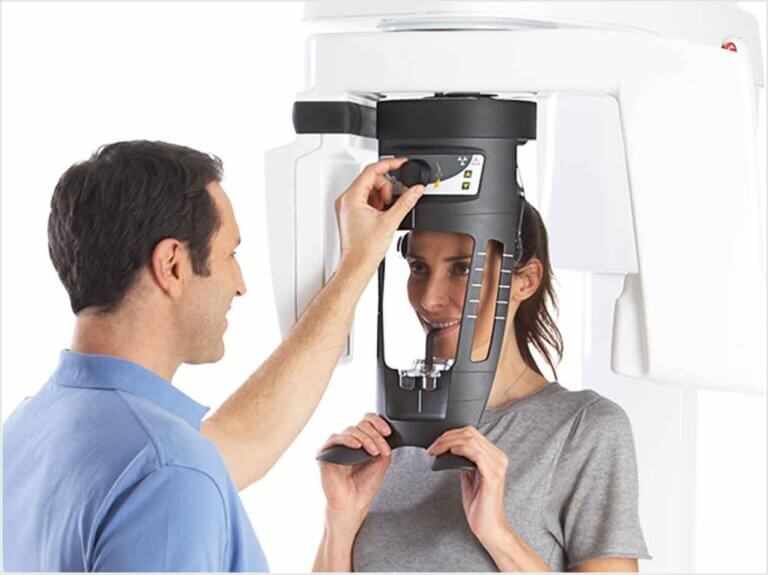




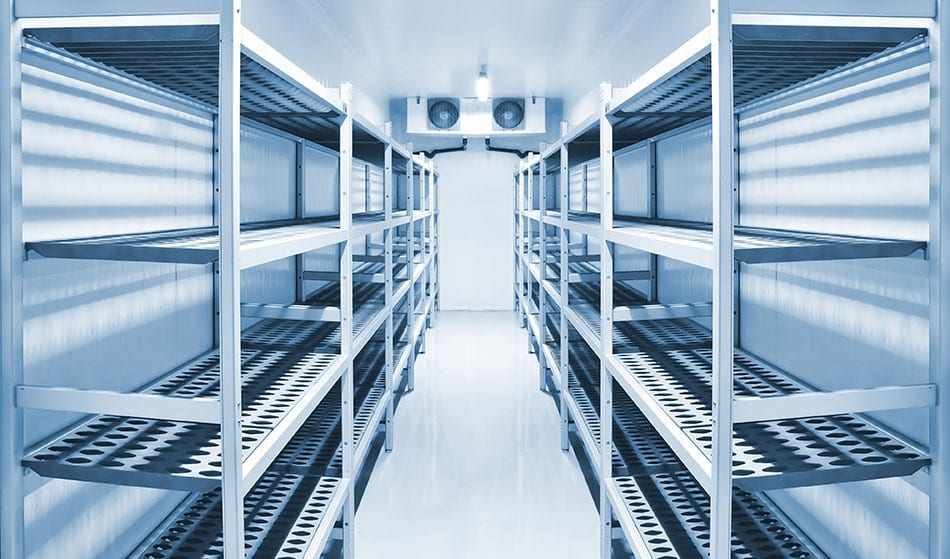



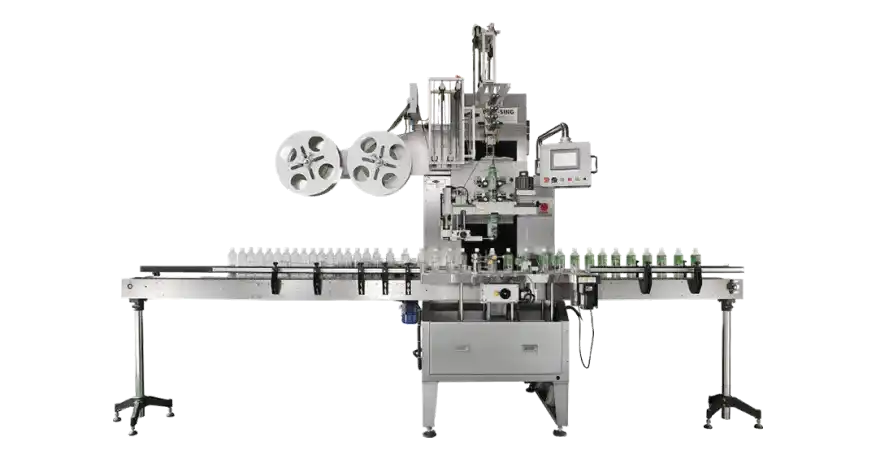

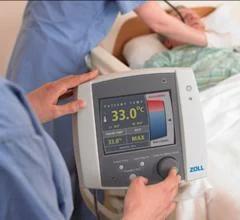

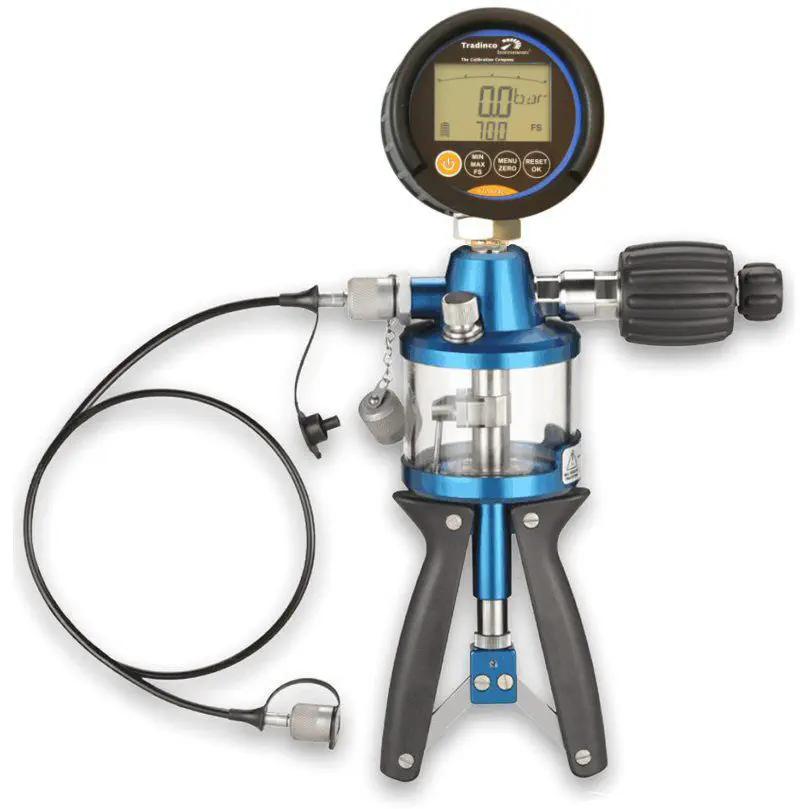

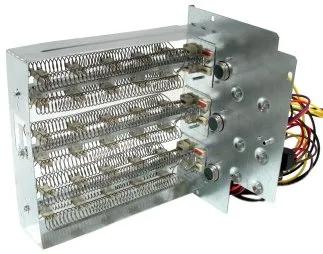
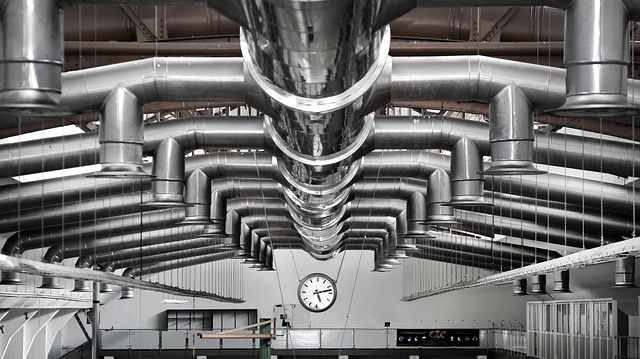

Write a comment ...